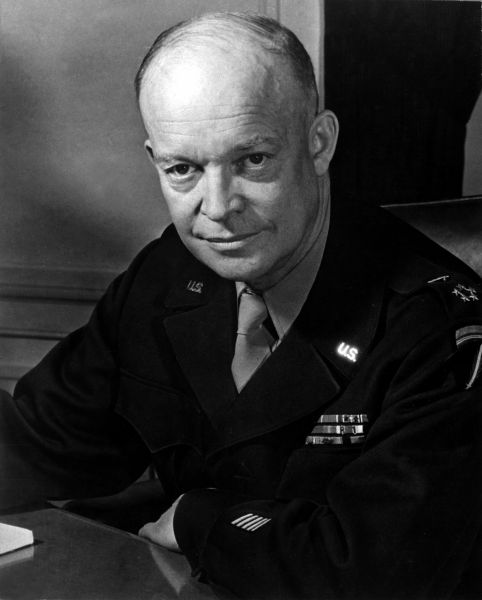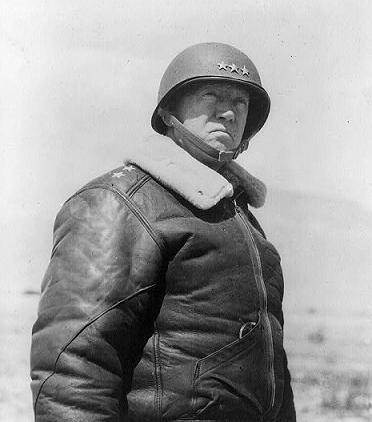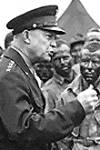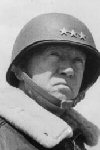Now It Can Be Told! - Phantom Patrols: G.H.Q. Liaison Regiment
The War Illustrated, Volume 9, No. 211, Page 172, July 20, 1945.
Commanded by Lieut.-Col. A. H. McIntosh, this remarkable organization founded by Maj.-Gen. Hopkinson (killed while commanding the 1st Airborne Division in Italy) began secret operations early in 1940, in France, and its existence was not revealed until May 1945. How the 150 officers and 1,250 other ranks gathered and swiftly passed back vital information throughout the war in Europe and elsewhere is told here.
Beating the speed of normal communications by hours, patrols of the Phantom Regiment (officially, G.H.Q. Liaison Regiment) did their “recce” work up with, and sometimes in advance of, our front-line troops, keeping Army, Army Group and Base H.Q. informed almost minute-by-minute of all that was happening. In no other way could such complete and speedy “picture” of the progress of operations have been presented to those immediately responsible.
Messages were sent from under the noses of the enemy by means of very small and special wireless sets, invented for the purpose by Captain Peter Astbury. These “scrambled” the coded messages, in which condition – if intercepted by the enemy or any other unauthorized person – they were, of course, quite unintelligible. Transformation to sense came at the other end. During the eleven months of fighting on the Western Front, Lieut.-Col. McIntosh's “Phantoms” sent more than 70,000 of these messages from the battle areas to the headquarters of the 12th and 21st Army Groups.
When circumstances required it, men were dropped by parachute – sometimes behind the enemy lines at night – with their very small wireless sets. And if either operators or codes fell into enemy hands the enemy would be left none the wiser. Codes were changed daily, the men being kept informed of the changes in a highly ingenious manner.
When the secret regiment came back from Dunkirk, and other places, after the fall of France, sections were deployed around the coasts of England where invasion was most probable. They were to speed the news of any attempted landing, and their headquarters were in very innocent-looking surroundings in St. James's Park, London. Here were the base wireless sets to which the Phantoms worked, information being passed therefrom to the G.H.Q. Home Forces and what ultimately became the 21st Army Group. The headquarters in St. James's Park comprised also some pigeon lofts containing carrier-pigeons which supplemented the Regiment's wireless. “There”, said Lieut.-Col. McIntosh, “we had an engine which would run a lighting set and wireless sets if the main current of London were cut off by bombing, and an air raid shelter in which the work could be done”.
Towards the end of 1940 a squadron of the Regiment left this country for Greece, and until almost the whole squadron was made prisoner they were in wireless contact with London. Adopting a commando role, a squadron joined the raid on Dieppe, and suffered rather severe casualties; one patrol failed to return and nothing since has been heard of them. In November 1942 two squadrons went with the 1st Army to North Africa and operated throughout the campaign, finally joining up with the 8th Army.
There they listened-in to the wireless “talk” of the tanks, gleaning every scrap that was of interest and weaving this into a running commentary, so that out of the fog of confused battle there was presented to headquarters a clear outline of positions, casualties and strengths.
Early in 1944 a squadron was trained for parachute work. This was the squadron which had been in action at Dieppe, and special volunteers were called for. After the parachute training they joined the S.A.S. (Special Air Service – see page 350, Vol. 8) as their “communications”, and finally dropped with the S.A.S. parties behind enemy lines. Then in June 1944 came the greatest test and ordeal of the organization.
Some of the Phantoms were parachuted into France before D-Day, others went in with the assault troops. First news of the Normandy landings were sent back by them. By July the complete Regiment was in France, deployed with the British, Canadian and American Armies. How Phantom, “one of the brains trust units of the British Army”, as it has been called, became a Lend-Lease service from Britain to the U.S.A. in military operations in north-west Europe was revealed in June 1945. In the early stages of the assault on the Normandy beaches General Eisenhower, Supreme Commander of the Allied Expeditionary Forces, visited the British 2nd Army H.Q., then located near Portsmouth, and was considerably impressed by the complete picture of operations which was available.
He asked how it was done. The answer was, “Phantom patrol”. It was explained to him how the organization flashed back by wireless to England the positions of brigades and battalions in the beach-head battles. Gen. Eisenhower immediately asked if he could have a Phantom unit for work with the U.S. formations.
“There was a Phantom squadron in Scotland”, said Capt. K. W. Satler, commander of a Phantom patrol in the 2nd Army, “and that squadron, within 24 hours, was brought south and sent across the Channel, complete with officers, other ranks, vehicles and equipment to join formations of the U.S. Army. Throughout the campaign those patrols worked with the American divisions and corps and did a great deal to give a full picture of the battles to higher commands.” The Americans had planned to build up their own U.S. Phantom organization, modelled on the British, but the campaign was won before they had an opportunity to put their own Phantoms in the field.
The map-room of General Crerar (1st Canadian Army) secured a substantial proportion of its information from the Regiment, General Patton (U.S. 3rd Army) acknowledged a very great deal of assistance, and our own 2nd Army was also greatly benefited. They were with the parachute troops at Arnhem, patrols went with the assault parties across the Rhine and into Germany, and “due to us”, said the Commanding Officer of the Regiment, “nearly everybody knew exactly where all the leading troops of all the Armies had got to and a firm grip on the situation was kept”.
Hour by hour during the Ardennes breakthrough every move of German armour was reported by these men who wear a small “P” on the right shoulder. The closing of the Falaise Gap became news through their efforts. They made known the first details of the German concentration camps and prisoner of war camps. The last spectacular event was the link-up with the Russians; a Phantom patrol was directed by the U.S. 1st Army to a certain point where the link-up was expected to take place, and the moment it became an accomplished fact the news was put through.
Now the patrols are in Hamburg, Bremen, Copenhagen. They flew to Norway, Rotterdam, Amsterdam, The Hague. And the curtain is now waiting to go up on what will be the final scene of all.
Previous and next article from Now It Can Be Told!
Now It Can Be Told! - How Britain's Gold was Shipped Abroad
The greatest gamble the world has ever known was brought off under the noses of the Germans when, in 1940, Britain's entire gold reserve was moved out of this country. It was totally mobilized for tot
Now It Can Be Told! - Our "Met" Men Fought Germans in the Arctic
The arctic wastes of Spitsbergen were in 1942 the scene of a great Allied adventure – it was disclosed on June 9, 1945 – when a small meteorological party, established there to obtain vital weathe
Index
Previous article
With Our Airmen Today
Four new types of British aircraft are now available for use against the Japanese. Three are fighters and one a bomber. It is certain that in speed an hitting power Japanese army and navy aircraft w
Next article
Secret Service Agents Helped to Win the War
The suggestion recently made in the U.S.A. that they should endeavour to build up an Intelligence Service on the British model is a compliment even greater than that paid to us after the 1914-18 war b







